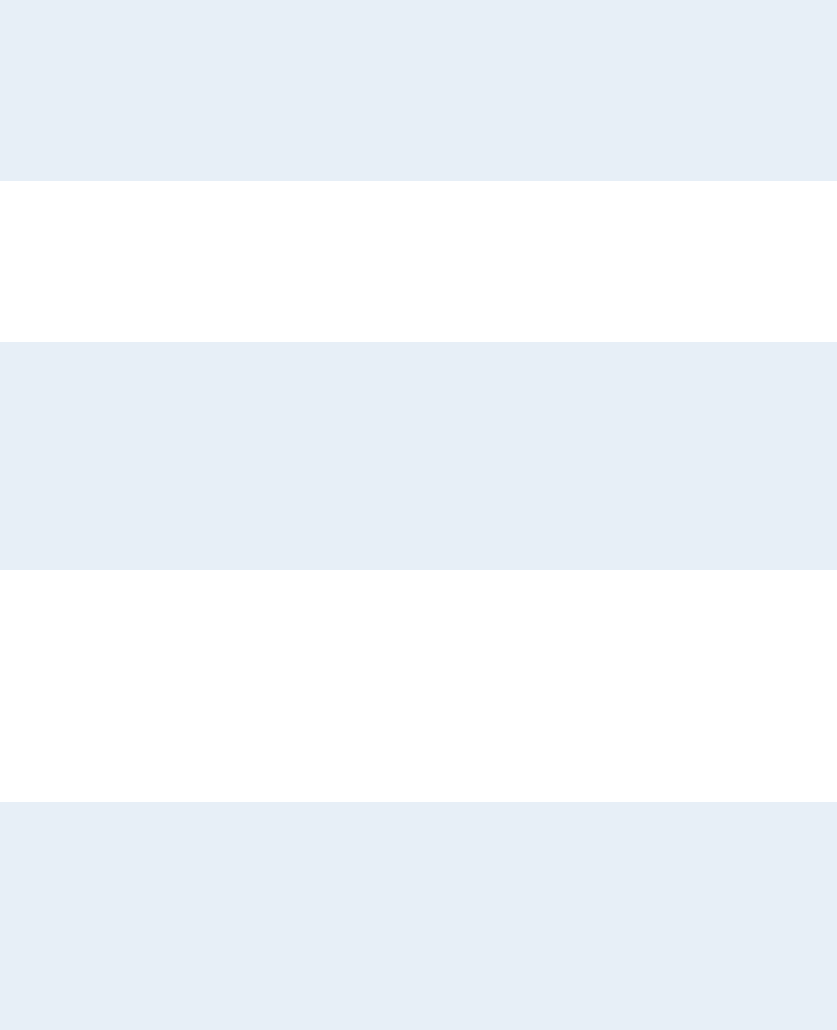
TANDBERG MPS API
User Guide
12
<CallRate item="1" required="False"
valueSpaceRef="/ValueSpace/Bandwidth"/>
<Restrict item="1" required="False"
valueSpaceRef="/ValueSpace/OnOff"/>
<NetProfile item="1" required="False"
valueSpaceRef="/ValueSpace/NetprofileRef"/>
</Dial>
</Command>
To issue a command, the command structure is posted back to the system together with
values for the various parameters. Optional parameters can be omitted when posting the
structure back to the system.
Example 12
To place a call to number 999 the user can simply post the following XML structure to the
system:
<Command>
<Dial item="1">
<Number item="1">999</Number>
</Dial>
</Command>
When issuing Commands, the system will return an XML structure in response. The response
structure will have the same name as the command issued, but it will be post fixed with
“Result”. All commands will have an attribute named status, stating whether the command
was accepted or not. If a command is not accepted, the response structure will contain a
cause code. If the command is accepted, the response structure may contain information
relevant for the specific command.
Example 13
The Dial command in the above example may return the following response structure:
<Command>
<DialResult item="1" status="OK">
<CallRef item="1">1</CallRef>
<LogTag item="1">6</LogTag>
</DialResult>
</Command>
The response structure for the Dial command, DialResult, states that the command was
accepted by the system. In addition to stating that the command was accepted, the Dial
command returns the elements CallRef and LogTag. This lets the user identify/trace the
call in the Status documents (status.xml and history.xml).


















